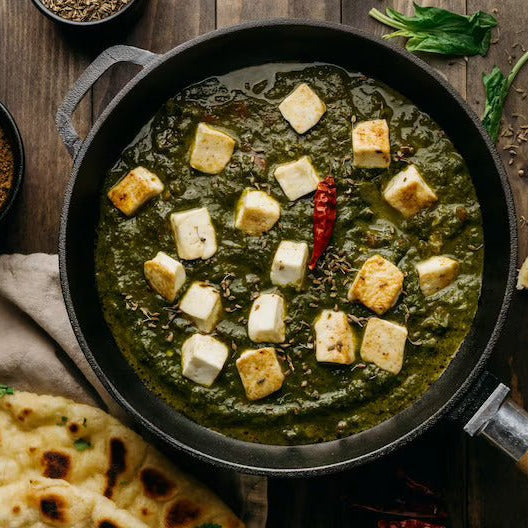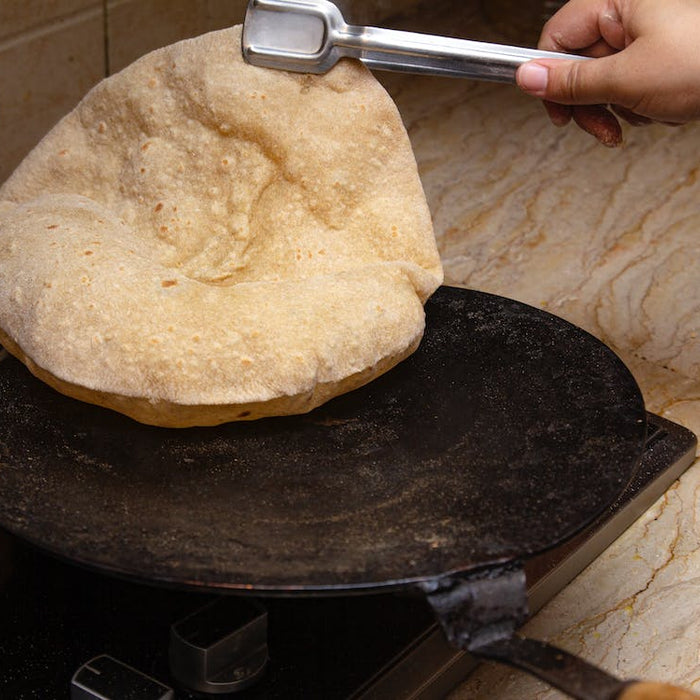
Panikoorka Health Benefits, Uses, and Important Facts: A Comprehensive Guide
Panikoorka, scientifically known as Coleus aromaticus, is a well-known herb in traditional Indian medicine, particularly Ayurveda. It goes by various names in different regions, including "Karpooravalli" in Tamil, "Indian Borage" or "Country Borage" in English, and "Patharchur" in Hindi. This herb is celebrated for its numerous health benefits and versatile uses, making it a popular choice for natural remedies.

When and Where is Panikoorka Found?
When: Panikoorka is a perennial herb that can be found year-round in regions with a tropical and subtropical climate. It thrives in warm and humid conditions, making it abundant in countries like India, Sri Lanka, and parts of Southeast Asia.
Where: Panikoorka is commonly found in home gardens and is cultivated for its medicinal properties. It can also be spotted in the wild, often growing as a weed along roadsides and in waste areas.
Who Uses Panikoorka?
Panikoorka has a long history of use in traditional medicine systems, including Ayurveda, Siddha, and traditional Chinese medicine. It is valued for its health-promoting properties and is widely used by:
-
Ayurvedic Practitioners: Ayurvedic physicians frequently prescribe panikoorka for various ailments due to its diverse therapeutic benefits.
-
Home Remedy Enthusiasts: Many households in India and neighboring countries grow panikoorka for its use in home remedies and as a culinary herb.
-
Herbalists: Herbalists and natural medicine practitioners incorporate panikoorka into their treatments and preparations.
Why is Panikoorka So Popular?
The popularity of panikoorka can be attributed to its impressive array of health benefits, which include:
1. Respiratory Health: Panikoorka is renowned for its efficacy in relieving respiratory ailments. It acts as a natural expectorant, helping to clear mucus from the airways. It is commonly used for treating coughs, colds, asthma, and bronchitis.
2. Antibacterial Properties: Panikoorka exhibits antibacterial and antimicrobial properties, making it effective in fighting infections, including those of the respiratory tract.
3. Digestive Aid: It aids digestion and can be used to alleviate stomach discomfort, indigestion, and gas.
4. Anti-inflammatory: The anti-inflammatory properties of panikoorka make it useful in reducing swelling and inflammation associated with conditions like arthritis.
5. Skin Care: Panikoorka can be applied topically to soothe skin conditions such as insect bites, rashes, and minor burns.
6. Fever Reducer: It is traditionally used to lower fever in children by applying a poultice of crushed leaves to the forehead.
7. Antioxidant Rich: Panikoorka is a good source of antioxidants, which help combat free radicals and oxidative stress in the body.
8. Pain Relief: It may be used to alleviate headaches, toothaches, and general pain.
9. Culinary Uses: Panikoorka leaves are also used in cooking, adding a unique flavor to various dishes.
Which Parts of Panikoorka are Used?
Panikoorka is valued for its leaves, which are the primary part used for medicinal and culinary purposes. The leaves have a distinct aroma and flavor, which enhances the taste of dishes.
How is Panikoorka Used?
Panikoorka can be used in various forms:
1. Fresh Leaves: Chewing fresh leaves is a common method for alleviating coughs and colds. The leaves can also be used in cooking, similar to other culinary herbs.
2. Herbal Decoction: A decoction made from panikoorka leaves is used to treat respiratory issues. Simply boil the leaves in water until it reduces to half, strain, and drink.
3. Poultice: Crushed leaves can be applied topically as a poultice to soothe skin irritations or reduce fever.
4. Essential Oil: Panikoorka essential oil is available and can be diluted and used for massage or added to steam inhalations.
5. Syrup: Panikoorka syrup is a commercially available preparation used for coughs and colds.
6. Powder: Dried panikoorka leaves can be ground into a fine powder and consumed with honey or warm water.
Important Facts About Panikoorka:
1. Precautions: While panikoorka is generally safe when used in recommended amounts, excessive consumption or application can lead to adverse effects. It's advisable to consult a healthcare professional or Ayurvedic practitioner before using it as a remedy, especially during pregnancy or for young children.
2. Allergic Reactions: Some individuals may be allergic to panikoorka. If you experience any adverse reactions like itching, rashes, or swelling, discontinue use immediately.
3. Culinary Uses: In addition to its medicinal properties, panikoorka leaves are used to flavor traditional dishes in South Indian cuisine, adding a unique taste to curries and chutneys.
4. Scientific Research: While panikoorka has a rich history in traditional medicine, more scientific research is needed to validate its various health claims fully.
In Conclusion: The Wonders of Panikoorka
Panikoorka, with its long history of use in traditional medicine, continues to be a valuable herb for promoting health and well-being. Its versatility, from respiratory relief to skin care and culinary uses, has solidified its place in herbal remedies. However, it's crucial to use panikoorka with care, respecting recommended dosages and consulting experts when necessary, to fully benefit from its potential advantages while avoiding any possible drawbacks.
At our store, we sell a variety of beautiful and functional die-cast cookware and cast iron cookware that is perfect for preparing healthy meals at home. We believe that cooking should be a fun and enjoyable experience, and our cookware is designed to make it easy to create delicious and nutritious meals.
See below our Bestsellers of Cast Iron Cookware 👇
Featured collection
-
Original price - Original priceOriginal price Rs. 19.99Rs. 19.99-Current price Rs. 19.99
Product title
Original price - Original priceOriginal price Rs. 19.99Rs. 19.99-Current price Rs. 19.99 -
Original price - Original priceOriginal price Rs. 19.99Rs. 19.99-Current price Rs. 19.99
Product title
Original price - Original priceOriginal price Rs. 19.99Rs. 19.99-Current price Rs. 19.99 -
Original price - Original priceOriginal price Rs. 19.99Rs. 19.99-Current price Rs. 19.99
Product title
Original price - Original priceOriginal price Rs. 19.99Rs. 19.99-Current price Rs. 19.99 -
Original price - Original priceOriginal price Rs. 19.99Rs. 19.99-Current price Rs. 19.99
Product title
Original price - Original priceOriginal price Rs. 19.99Rs. 19.99-Current price Rs. 19.99 -
Original price - Original priceOriginal price Rs. 19.99Rs. 19.99-Current price Rs. 19.99
Product title
Original price - Original priceOriginal price Rs. 19.99Rs. 19.99-Current price Rs. 19.99
Blog posts
-
-

What is Karahi or Kadahi? Exploring Its Best Use in 2024 | Non Stick
The kadai or karahi holds a special place, when it comes to Indian cooking,choose MACclite kadai cookware for a healthier and more enjoyable cooking experience.Read now -

Best Tawa for Roti 2024 - Guide to Choosing the Best Iron Tawa for Your Family
The roti tawa is the right tool to achieve the ideal texture and taste. Finding the perfect roti tawa for your family can be both rewarding and challenging in 2024 due to the many options available.Read now


